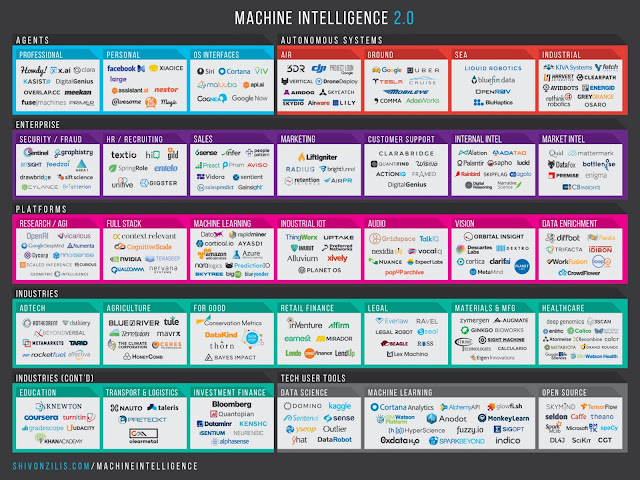AI security camera detects guns and identifies shooters

Silicon Valley is hoping technology can provide some relief from gun violence. Athena Security, a San Francisco-based AI company that utilizes computer vision for security applications, has announced implementation of an AI camera system it says can identify guns in crowds. The system is one of a growing number of technologies aimed at preventing gun crime. In addition to detection, Athena's cameras can also alert police to the presence of an active shooter, potentially reducing response time, according to the company. Wood High School in Warminster, PA, will be an early testbed for the technology. Though mass shootings in schools have declined since the 1990s, the threat has never loomed larger in the minds of concerned parents. Information on mass shootings (defined as an event in which four or more people are shot, not including the gunman) is notoriously difficult to track, but the Gun Violence Archive places the overall number of mass...








